Our facilities allow to melt metals and alloys under high-purity conditions and to realized high solidification rates in the casting process. In addition, our devices are suitable for the processing of reactive and high-temperature alloys (max. 2200°C).
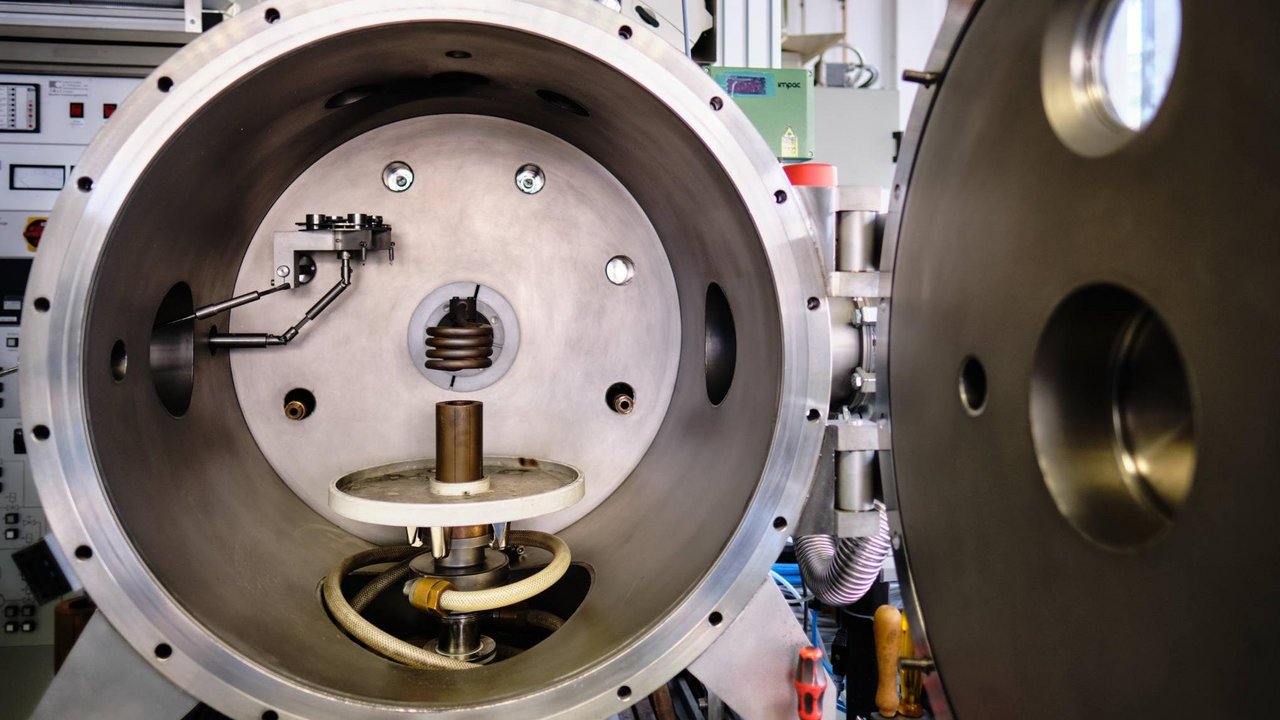
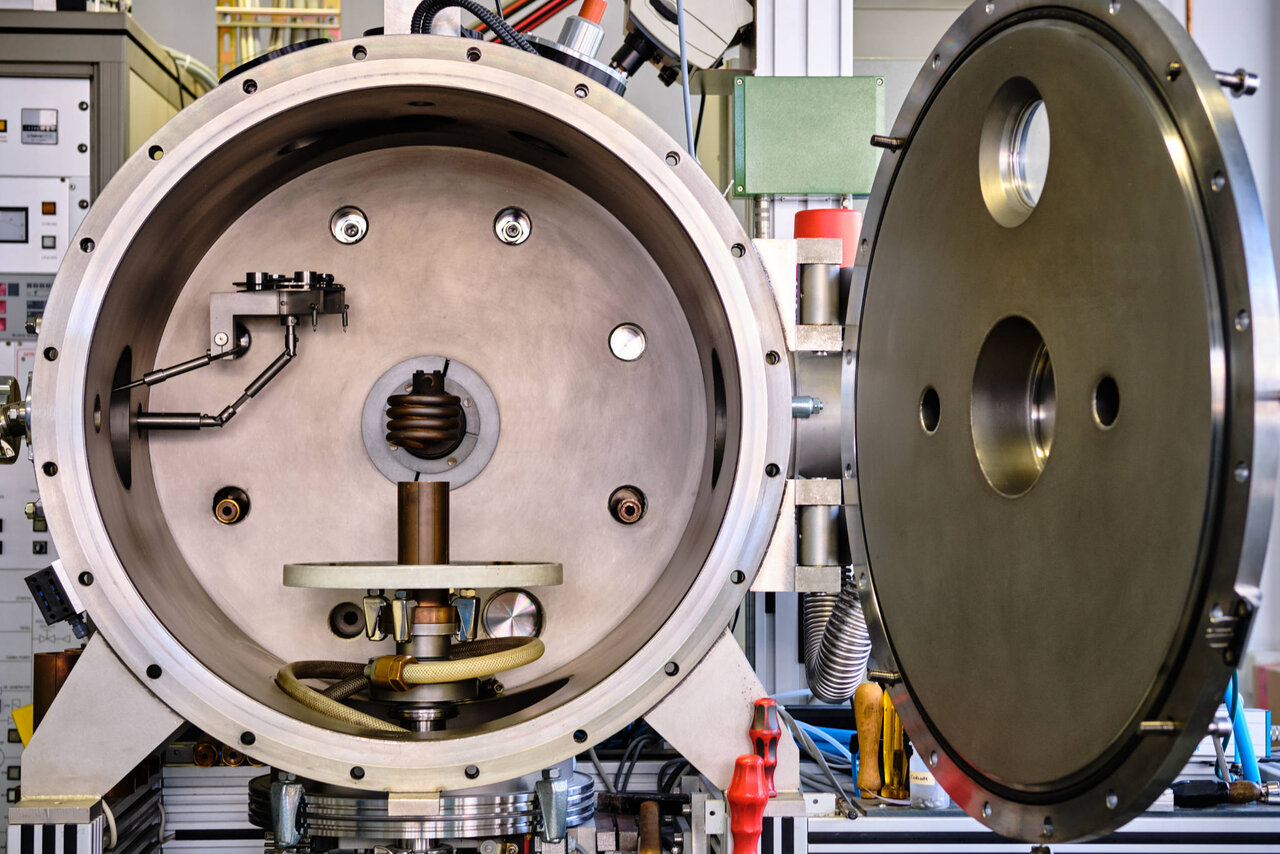
| Manuf.: in-house development of IFW-Research Technology Department |
| Contact-free inductive melting under protective gas or vacuum – no crucible |
| Also suitable for reactive metals |
| Casting in copper mold (rod diameter: 10 to 12 mm, length ca. 10 cm) |
| Subsequent addition of further constituents to alloy feasible |
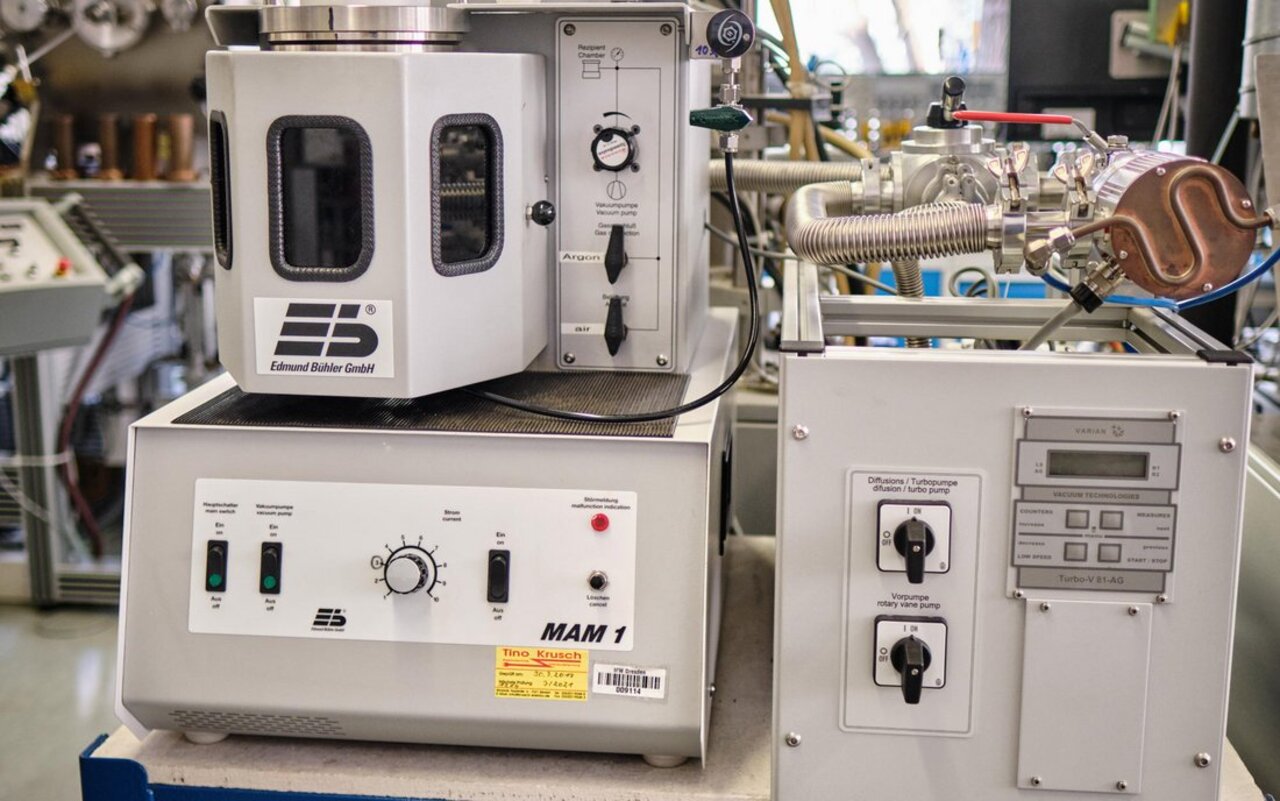
| Manuf.: Co. E. Buehler |
| Melting process via electric arc in small water-cooled copper slots (ca. 10 g) under argon atmosphere |
| Also suitable for reactive metals |
| Subsequent suction casting in copper molds with small diameters or small rectangular cross section (e.g. rod diameter: 1.5 to 6 mm, rod length: 7 cm) to ensure high cooling rates |
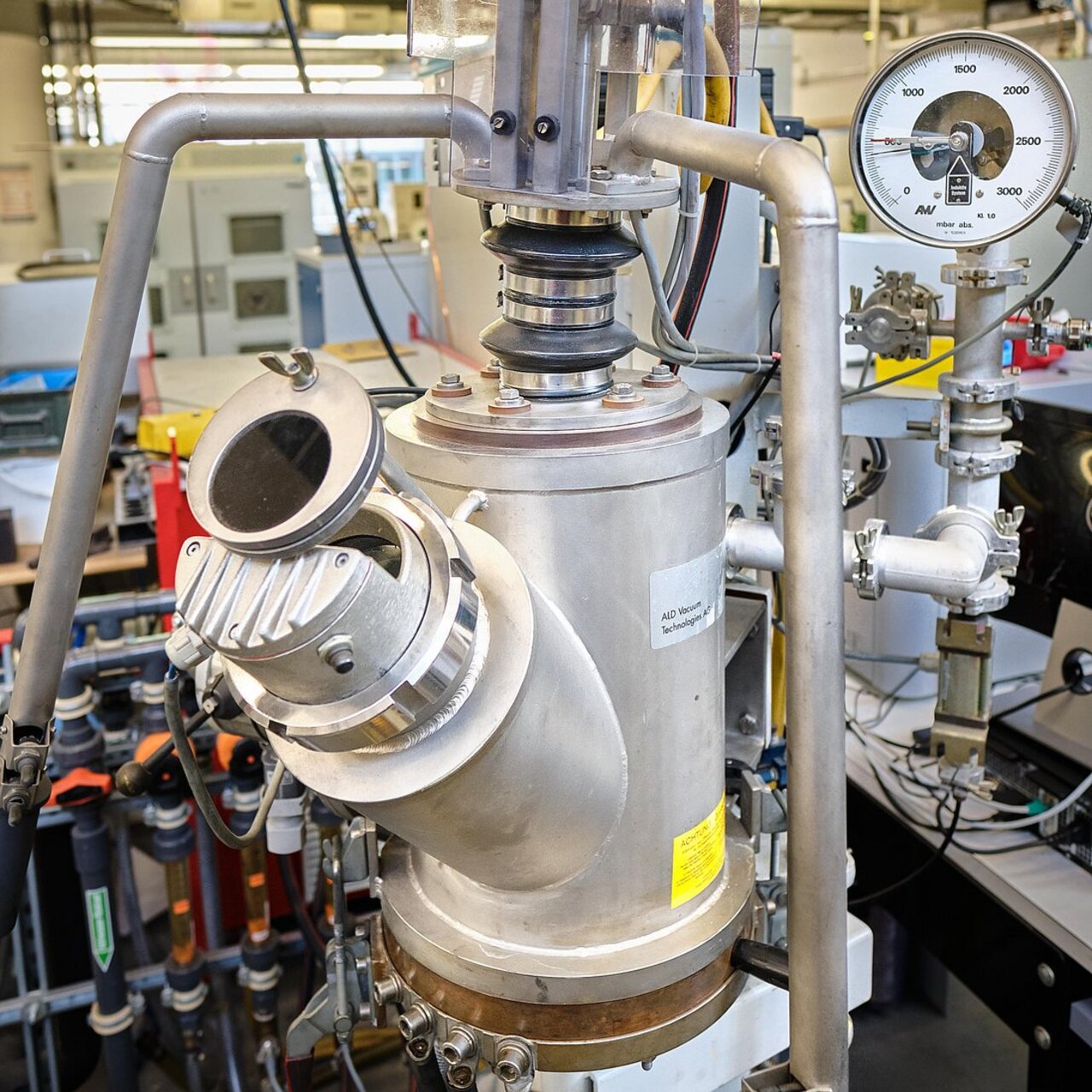
| Manuf.: Co. ALD |
| Melting process via electric arc in water cooled copper sheets (ca. 50 g) under argon atmosphere |
| Also suitable for reactive metals |
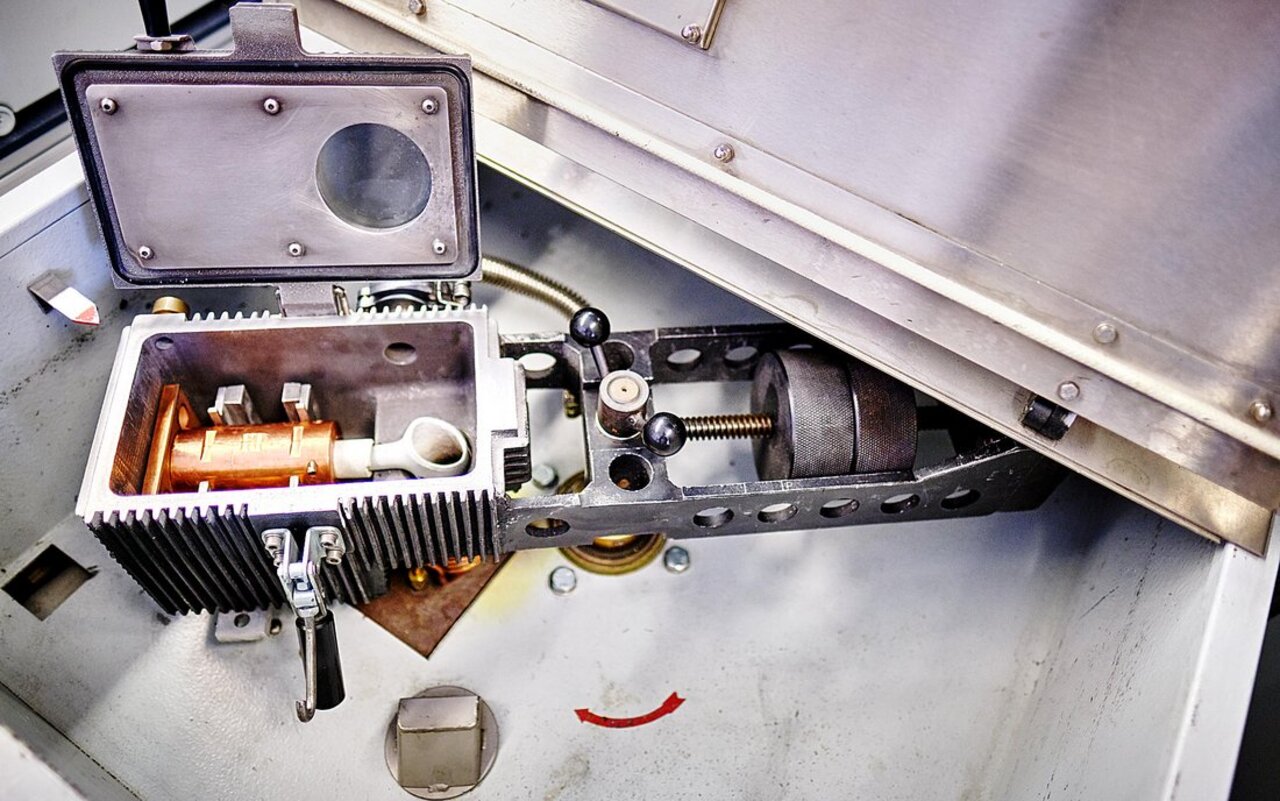
| Manuf.: Co. Linn High Therm |
| For smaller melt volumes (ca. 2 cubic centimeters) |
| Melt process under protective gas or vacuum |
| Excellent capability for mold filling and high cooling rates effective during centrifugal coating in a copper mold with small diameter (1.5 to 6 mm) |
| Eventual turbulences in melt can lead to „marbling“ |
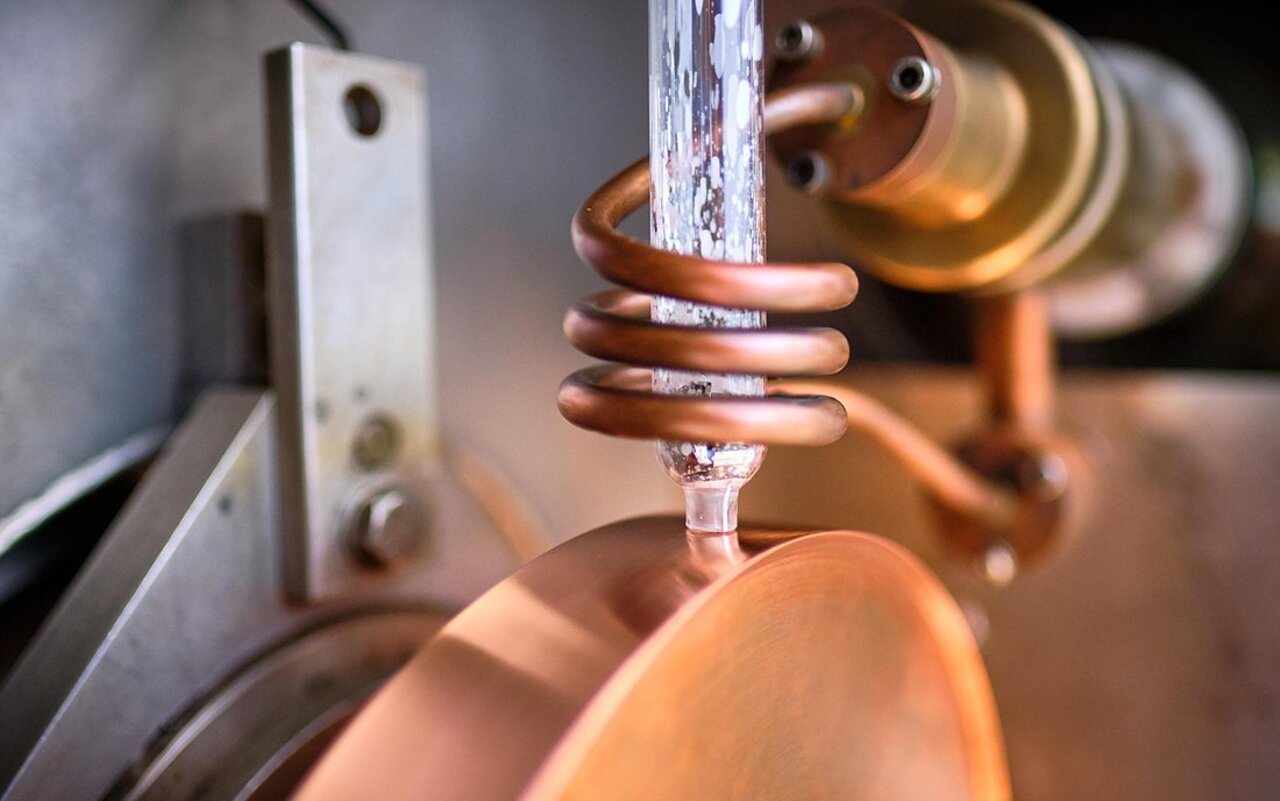
| Manuf.: Co. E. Buehler |
| Inductive melting in e.g. SiO2 -and graphite crucibles under protection gas or vacuum |
| Also suitable for reactive metals |
| Casting on copper wheel |
| High cooling rates up to 106 K/s |
| Attainable Ribbon thickness: 15 to ca. 50 µm |
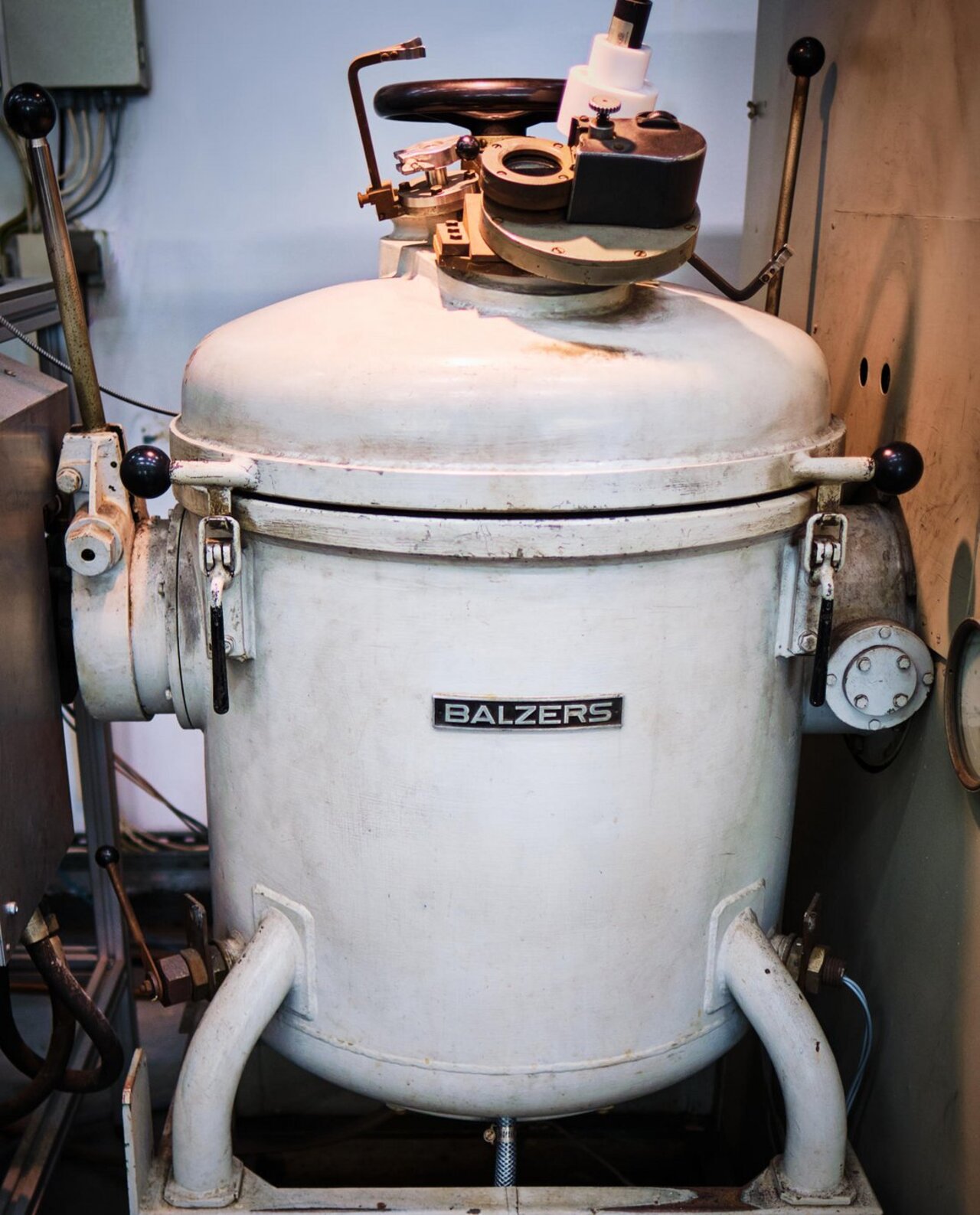
| Manuf.: Co. Balzers |
| For larger melt volumes (ca. 100 cubic centimeters) |
| Melt process under protection gas or vacuum |
| Casting in molds of different material (copper, steel…) and different forms (cylinder, cuboid…) |